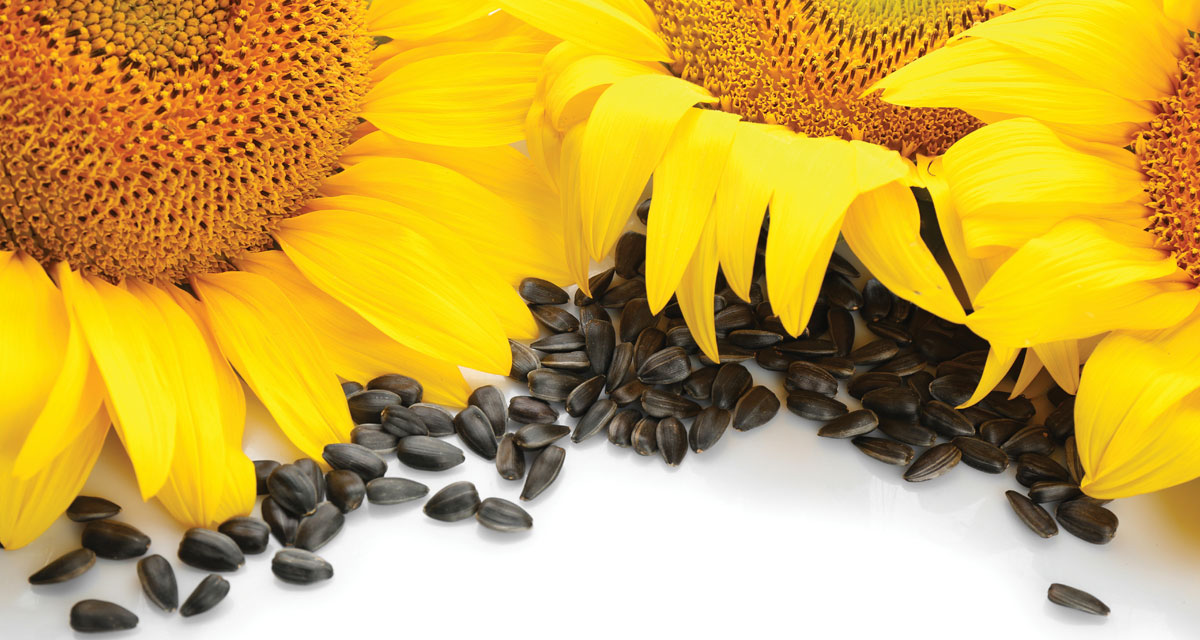“Fight or flight” is a defense mechanism in all living things. It is an acute reaction to stress that also affects systems without a brain or neurotransmitters. Plants, for instance, can release a hormone, quite similar to that of humans, when attacked. In the very essence of life, humans and plants seek to carry on their species by producing an offspring. Whether by means of an animal, insect or by wind, an opportunity exists to elevate millions of seeds to a fertile location, which possesses adequate levels of sunlight and nutrients.
Why Seeds Are Important
A seed is the result of sexual reproduction in plants, which provides individual fertilized mature ovules. They often are high in protein, starch, and oil, which helps the early stages of germination and development. In thinking back to the experience of collecting seeds, you may recall the marigold. Once the flower dried and the leaves turned brown, the head could be plucked and placed into a container. The biological and economic value of these seeds led to their later use and the cultivation of the flowers.
Saving Vegetable Seeds
Darwin’s theory of natural selection is relevant in the act of saving seeds. Choose a healthy, mature plant that inherently produces delicious, tasty fruit. It will have a higher germination rate. For example:
Dry Seeds
Peppers: One slice through a green pepper’s middle will reveal its seeds. Spread them out for inspection on a paper towel and remove any that show signs of damage or discoloration. Place into the sunlight over a few days, turning them over to ensure drying reaches both sides. Seeds will appear brittle after a week.
Beans: The time is perfect when pods turn brown and begin to open. Place pods on a sheet of wax paper and allow to dry for 14 days before shelling. Afterward, preserve seeds in an airtight container.
Wet Seeds
Do not be deterred by seeds imbedded in cucumbers, tomatoes, watermelon, and other melons. (One warning: Be wary of collecting seeds from hybrid plants. It is likely the plant will not resemble its parents.)
Tomato: Allow a four-day soak in water for the pulp to ferment and release the seeds. You’ll need to change the water each day! Viable seeds will sink; therefore, throw away those that float to the surface. Rinse thoroughly. Dry seeds on wax paper for a week and flip over daily before sealing in a glass jar.
Saving Flower Seeds
The act of cutting flower heads and drying on wax paper is a viable procedure to prepare for the future. Fortunately, anyone who wishes to save flower seeds only needs to commit to the effort, which is roughly seven days. Think of the money saved in storing the seeds from black-eyed Susans, coneflowers, sunflowers, and Veronica. And, don’t think annuals require neglect. You, too, can revive larkspur, marigold, morning glory, nasturtium, poppy, and snapdragons next season!
Directions: Spread seeds on wax paper and allow to dry for a week; then, remove husks and pods, leaving behind only the seed. Consider placing in envelopes that are well-marked and dated, and transfer to a large-mouth Mason jar for storage. Just think—you can then use the seeds anytime to get a jump on spring, or enjoy flowers over the winter season.
Storing Seeds Properly
A Mason jar works well as a tightly sealed, air-proof container. Vacuum sealing is an option or adding a moisture absorber, such as a desiccant. The second consideration is storage. The seeds require a consistently cold, dark, and dry location between the set temperatures of 35 and 50 degrees. A chest freezer that remains closed is another ideal option. Make sure the jar is well-labeled, including the name, estimated amount, and date.
Propagation
Some woody plants easily catch the eye. The butterfly bush, for instance, may possess an extraordinary variation of brightly colored purple flowers. One solution is to take a four- to six-inch cutting from a branch containing three healthy shoots, called “nodules.” With pruning shears, cut at an angle, and place directly into water. Many plants thrive in the environment of water for up to six weeks, namely fruit-bearing plants (blackberries or elderberries) or flowering vines (trumpet vine or clematis). Rather than spend $10 per plant, consider propagating just one, or perhaps a dozen!



















